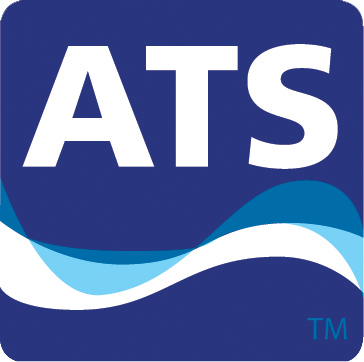This is a good question that is becoming more and more frequent. Prior to 2009, the ANSI standard covering requirements for safety showers did not specify water temperature requirements. In the 2009 revision of ANSI Z358.1, two key standards were added to those already existing. The requirement that the water be “tepid” in temperature was one of the two. ANSI has defined “tepid” as being between 60°F (15.6°C )and 100°F (37.8°F). The reasoning behind the low end temperature of 60°F (15.6°C) has to do with the recommendation from medical professionals the the minimum drench time required for effective treatment of exposure to caustic chemicals is 15 minutes. Experience has shown that many people find it difficult to stand very long in shower drench that is lower than 60°F (15.6°C). Since 15 minutes is the minimum drench time required for treatment, cold water discourages accident victims from staying in a safety shower long enough to get the proper treatment. Offering a safety shower with sub-tepid water to employees, knowing that many people would have trouble staying in it long enough to get treatment may not be a wise move.
Another important reason to provide tepid water for safety showers is that an accident victim who stays in sub-tepid water for 15 or more minutes is at risk of hypothermia. This is a life-threatening condition that can cause shock and could actually be a more serious risk to the well-being of the accident victim than the chemical exposure he/she is trying to treat.
On the upper end of the temperature range, exposure of eye tissue has been shown to cause damage to sensitive eye tissues. Therefore safety shower and eyewash water temperatures should not be allowed to rise above the 100°F (37.8°C) upper limit set by ANSI.
This additional safety standard for safety showers and eyewashes was a very important addition to ANSI Z358.1. Unfortunately for many companies, it also means that their existing safety showers are not only no longer compliant, but also not up to what the safety, legal, and medical industries expect to be provided for employees. We recommend getting up to speed with current standards. This can help avoid inspection fines, and much worse, a possible lawsuit by an injured employee who was not able to stay a cold shower or eyewash long enough to receive the appropriate treatment. For more information see www.ansi.org.
